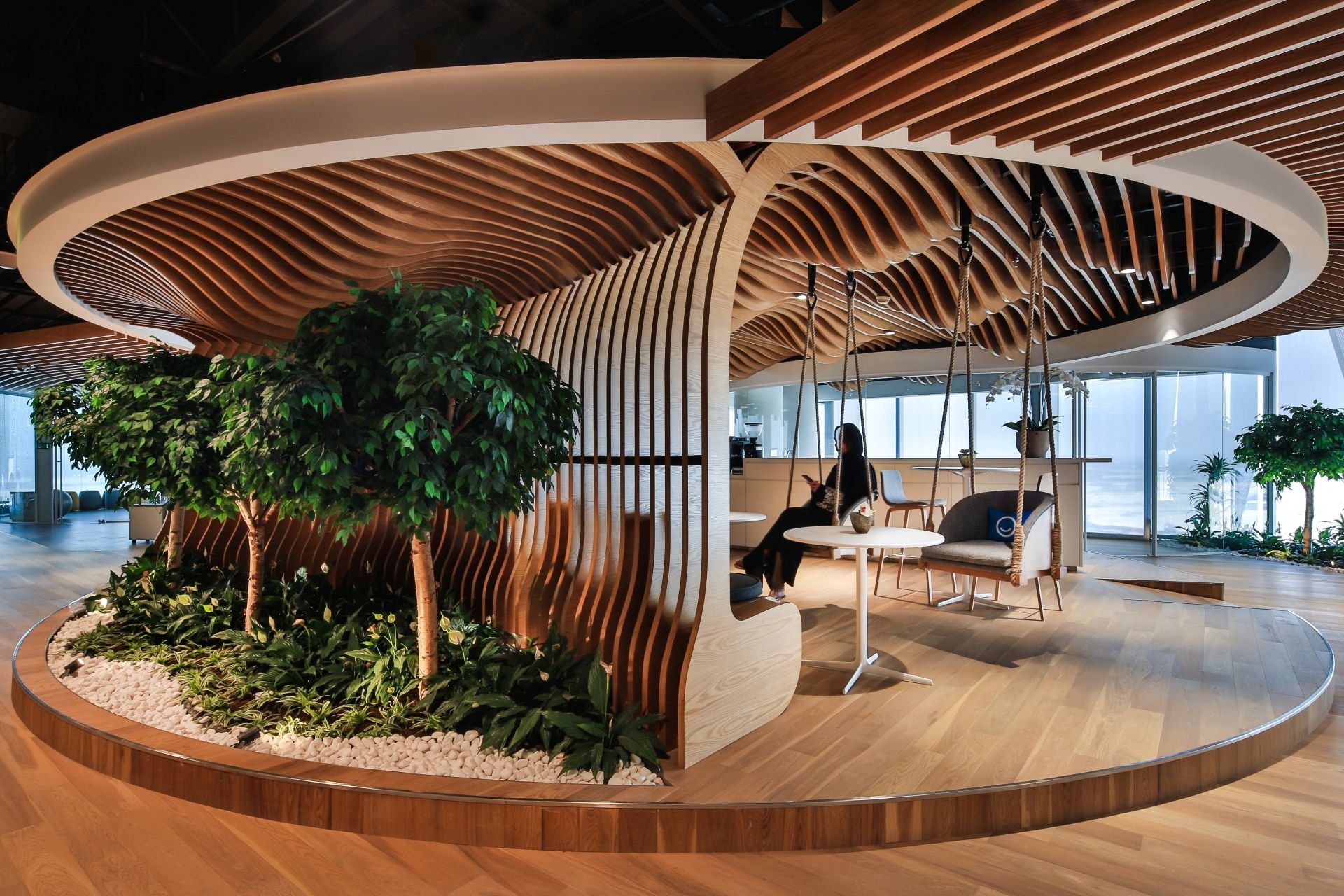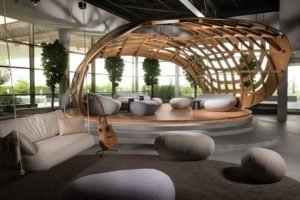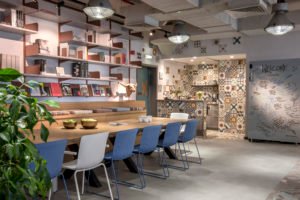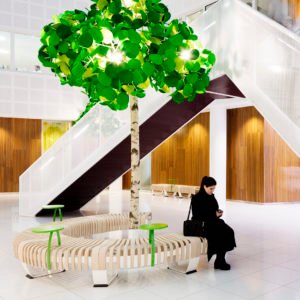If you’re a manager still banking on that corporate retreat for the annual dose of team spirit and engagement, then you might be stuck in an older timeline than the one we’re currently in. Leaving aside the possible dread that often accompanies these poorly planned retreats, there’s another more obvious issue: employees work nearly 11 out of 12 months a year. How is one team outing enough to counter a year’s worth of work stress and backaches?
In an age where technology manages to tether us to our work, no matter where we are, the sheer speed at which work is conducted has increased exponentially. Not surprisingly, this sort of fast-paced work culture has brought with it a host of work-related stress induced issues and lifestyle diseases, mostly caused by a neglect of personal health. However, the organizational demand for quality and timely work must also be balanced by a drive to promote a culture that enhances and improves the physical and mental wellbeing of its workforce. While it’s ultimately up to the individual to adopt a healthy lifestyle, it’s equally important for an employer to create a work environment that encourages this, given the fact that the amount of time we spend at our workplace has expanded beyond the dated 9 to 5 slot.
The 2017 edition of Worktech Dubai will see leading experts in the field of wellness educate us on the importance of wellbeing in the workplace. Savvy organizations employ high ergonomic standards and rely on certain strategies that assist employees in increasing physical activity; other approaches use interior design as strategy and include the use of elements like biophilia that enhance the wellness factor. Wellness should be an integral part of corporate culture and accompanying workplace strategies, and not an isolated programme.
As a workforce powered by digital technology, the current generation of working professionals has access to an unprecedented number of tools and services designed to improve not just their work lives, but their entire work-life balance in the process. Commenting on the latest in cutting-edge technology, tools and advancements in the field of Smart Space & Big Data, the upcoming speakers at Worktech Dubai 2017 – each a thought leader in their respective industry – share their insights and expert opinion on the topic.










